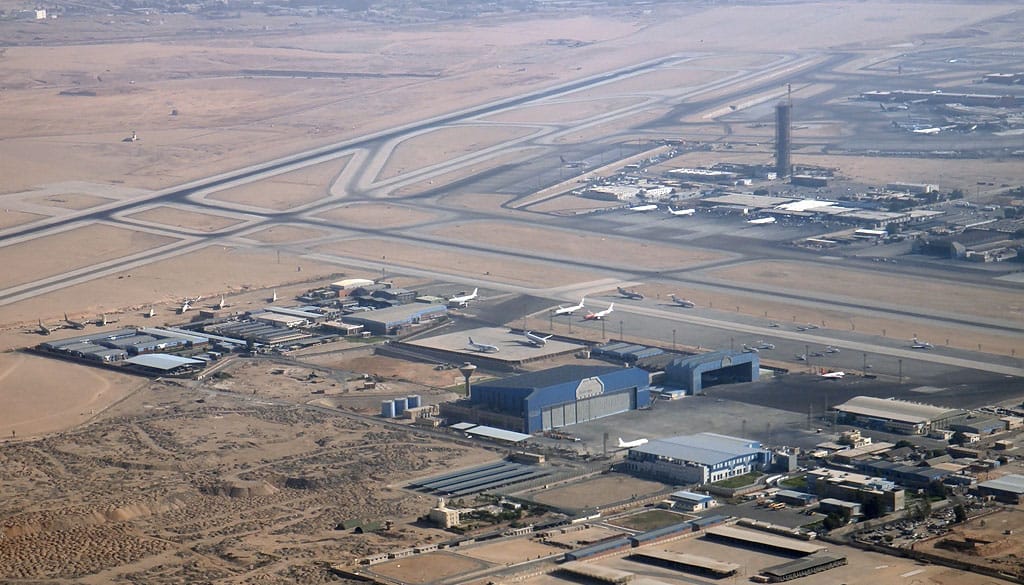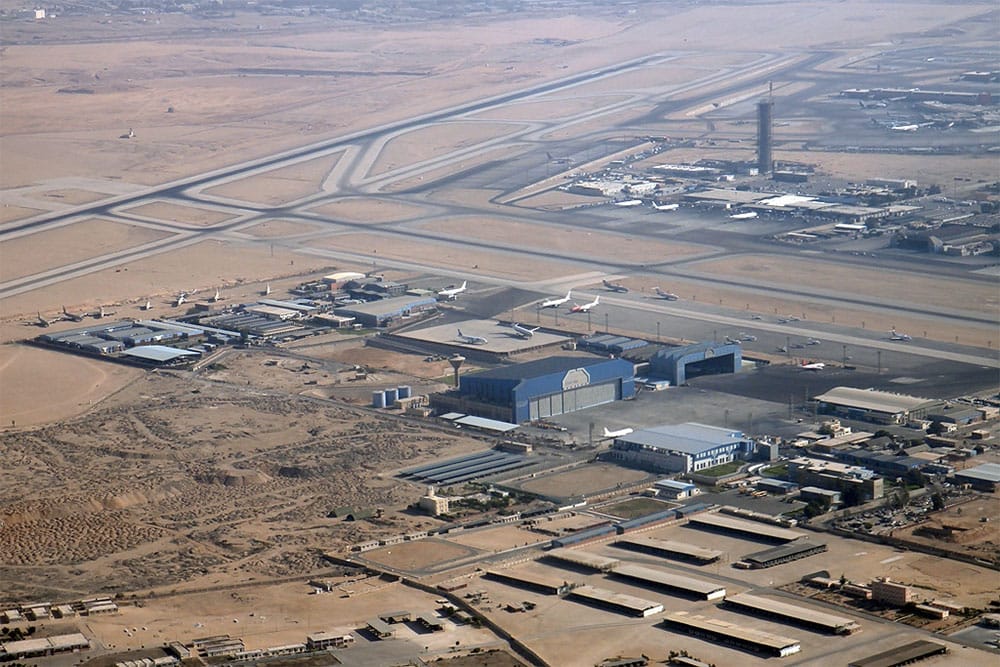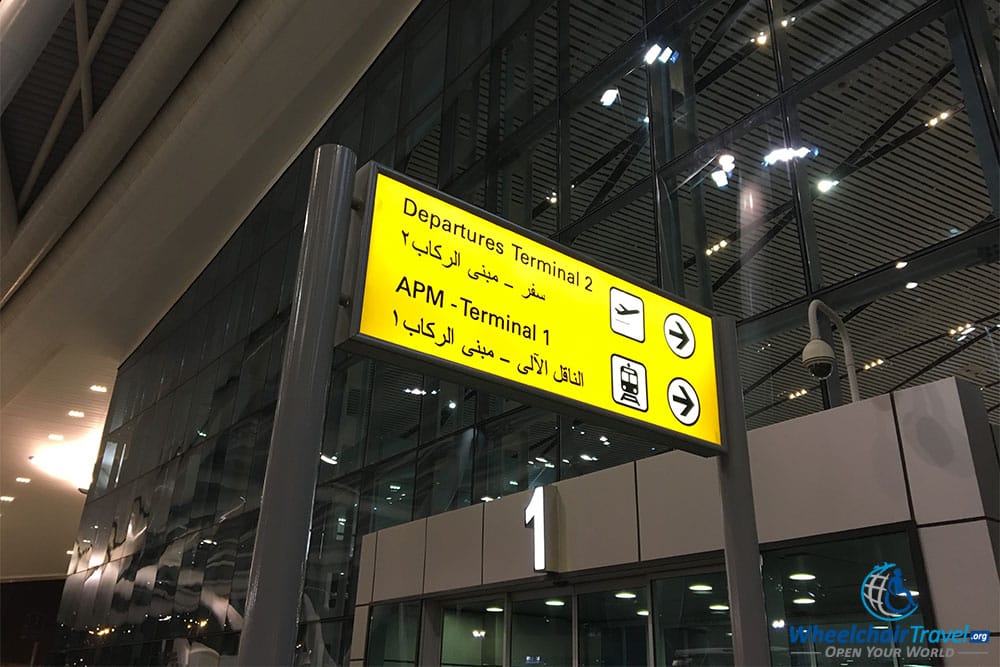
Cairo International Airport is the busiest in Egypt and the second busiest on the continent of Africa. Situated in Heliopolis, where many of the nicest hotels are located, the airport is approximately 10 miles from the center of the city.
The airport has three terminals, numbered 1, 2 and 3, plus one seasonal satellite terminal, which handles the influx of passengers during the pilgrim season. Terminal 2 was recently reopened after a multi-year renovation project, and it now handles much of the airport’s international traffic, with the exception of StarAlliance airlines.

I have used the Cairo Airport on more than 10 occasions, for both arrivals and departures. My travels to/from Cairo on EgyptAir, Etihad Airways and Qatar Airways have given me the opportunity to visit each of the three main terminals. They are each wheelchair accessible, but there are some important points that travelers with disabilities should be made aware of. The airport’s website provides additional information to passengers as well.
Departures
Before you plan your journey, be sure to read answers to frequently asked questions in my Wheelchair Users’ Guide to Air Travel. If you are traveling with a wheelchair or other disability, make sure to contact the airline and request assistance as far in advance as possible. With travel outside of the United States, it is recommended that you make this request at least 24 to 48 hours before departure.
If you are traveling with a power wheelchair, check the airplane cargo hold dimensions to make sure your wheelchair will fit on the aircraft! You should also read my tips for preventing damage to your mobility device when traveling by air.

Before traveling to the airport, be sure to check with your airline for your departure terminal and gate information. The terminals at Cairo International Airport are not close to one another, so you don’t want to arrive at the wrong one. As construction is still underway, unexpected gate changes are common, so be sure to arrive with enough time to spare.
Passengers departing on an international flight will need to exit through passport control, followed by security. The airlines have always permitted me to take my power wheelchair to the boarding gate, and I have never surrendered it at check-in. Wheelchair assistance teams will be there to assist you if you need it. Be aware that the airport wheelchairs and aisle chair equipment are old, antiquated and uncomfortable.
Arrivals
Although the airport is wheelchair accessible, the airlines and their baggage handlers don’t want to return wheelchairs to the gate. Instead, they are always returned at baggage claim – this has been the case no matter how much I have protested. The exception to this is if your aircraft arrives to a remote stand (and doesn’t connect to a jet bridge). Ambulifts are then used to transport passengers with disabilities to the terminal, and your personal wheelchair can come along for the ride.
I would be curious to know how EgyptAir handles gate-checked wheelchairs on their daily flights between New York-JFK and Cairo, as those flights are subject to the rules of the Air Carrier Access Act.
In the cases where my wheelchair has been returned to baggage claim, the wait is typically about 45 minutes to 1 hour. And the push to passport control takes forever, as they’ll send only one wheelchair attendant to push you and carry your bags.
If the airlines would simply prioritize the return of personal wheelchairs and mobility devices at the gate, the arrivals experience would be improved dramatically for passengers with disabilities.
Ground Transportation
Although a host of public buses stop and pick-up passengers at the airport, none are wheelchair accessible. Prior to my trip to Cairo, I reserved a wheelchair taxi. The driver was waiting for me outside the terminal, holding a sign with my name on it.



